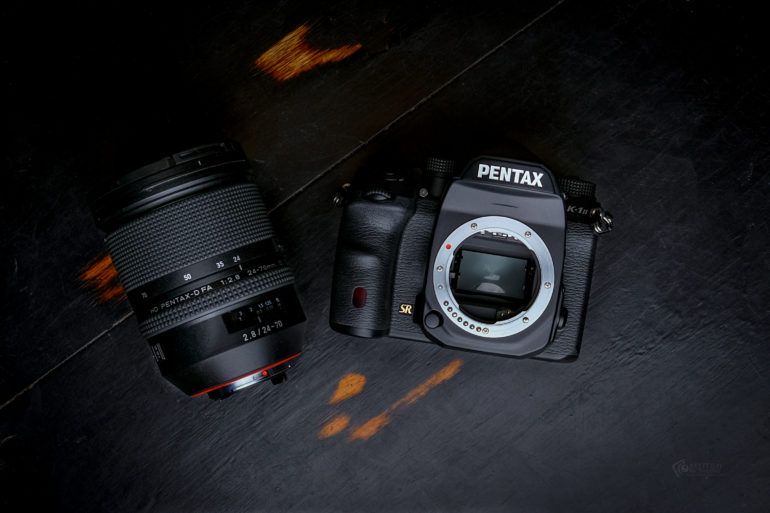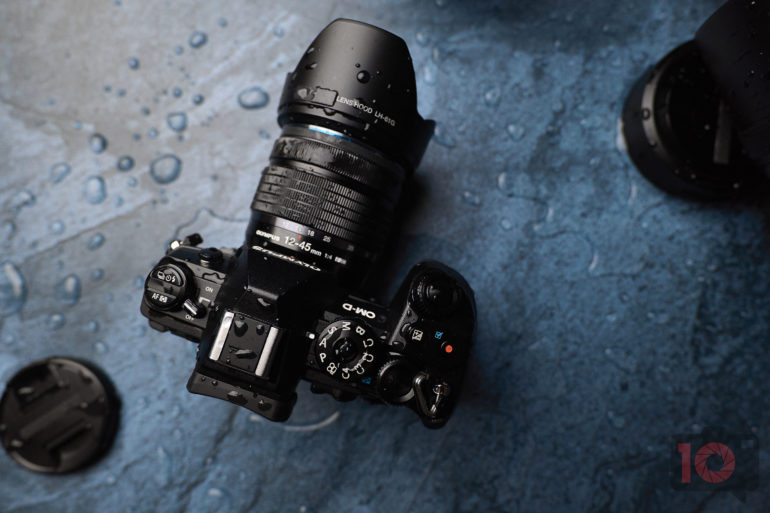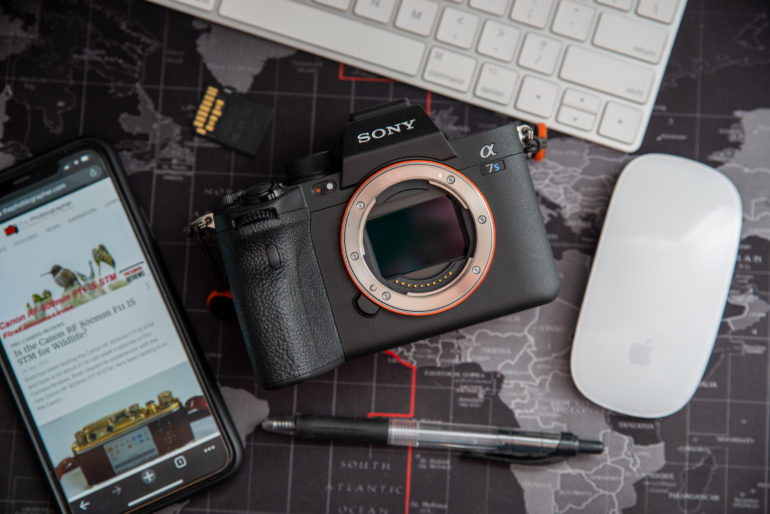
Astrophotography is one of the most enchanting genres of the medium. It allows you to capture distant stars that envelope our Earth, the planets that orbit the Milky Way, comets that hurtle our way, as well as capture the blazing flames of the sun. To capture these wonders of the universe, you need a camera that is powerful and can withstand different environments. If you are someone who is looking to purchase such a camera that can meet these needs, then we have a few options that you must look through.
Canon EOS RA
This camera has been designed keeping in mind the needs for astrophotography. The Canon RA features a 30MP full-frame sensor, 5-axis image stabilisation, 14-bit RAW file, DIGIC 8 processor, and 5655 selectable AF positions. The camera is great in terms of ergonomics, has great image quality, and has great high ISO performance. 30x magnification is another feature that allows one to focus manually really easily. The camera can pick up red hues in the sky really well, too. There is, however, no GPS, and it lacks a dual card slot.
Pentax K1 Mk II

The Pentax K1 Mk II is another full-frame camera for astrophotography. It features a 36MP sensor, PRIME IV processor, five-axis image stabilization, and a 33-point autofocus system. The camera has great weather sealing, a 100% coverage viewfinder, and a dual card slot. We found the camera to have a great battery life, excellent image quality, and Astrotracer technology, which allows you to capture nice long exposures.
Olympus OMD EM1 III

A mirrorless Micro Four Thirds camera with ample features for astrophotography, the Olympus OMD EM1 II features a 20.4MP LiveMOS sensor and a 121-point phase-detection system. The camera also includes weather sealing, 5-axis image stabilization, 12-bit RAW, and cinema 4K/24p IPB video. As we said in our review, “The starry sky AF feature on the Olympus OMD EM1 III works in two different ways. There is an accuracy priority that makes focusing a bit slower. Additionally, there’s a faster option too. You should ideally just be using accuracy combined with Live Composite. Then just hang out wherever you are with friends and have fun.”
Sony a7s III

Cameras with great low-light capabilities are great for astrophotography. An example is the Sony a7s III, a 12MP full-frame camera, with 15-stop dynamic range, and ISO capabilities up to 409,600. There is also 5-axis stabilization, 9.44 million dot EVF, 759 phase-detection, and BIONZ XRTM processor. The image quality in low light is amazing, decent battery, and a fantastic autofocus. As we said in our test, “It’s no secret that the Sony a7s III is a low-light powerhouse, and I have to say, it hasn’t disappointed. You can shoot at ISO 6400, 12,800, and 25,600, and have no problems. If you want to go to nuclear numbers, you can do that too.”
These are a few options that can help those looking to buy their first camera for capturing stars. However, the camera is just the first step. There are other things you have to consider, too, which you can read about on our website.

